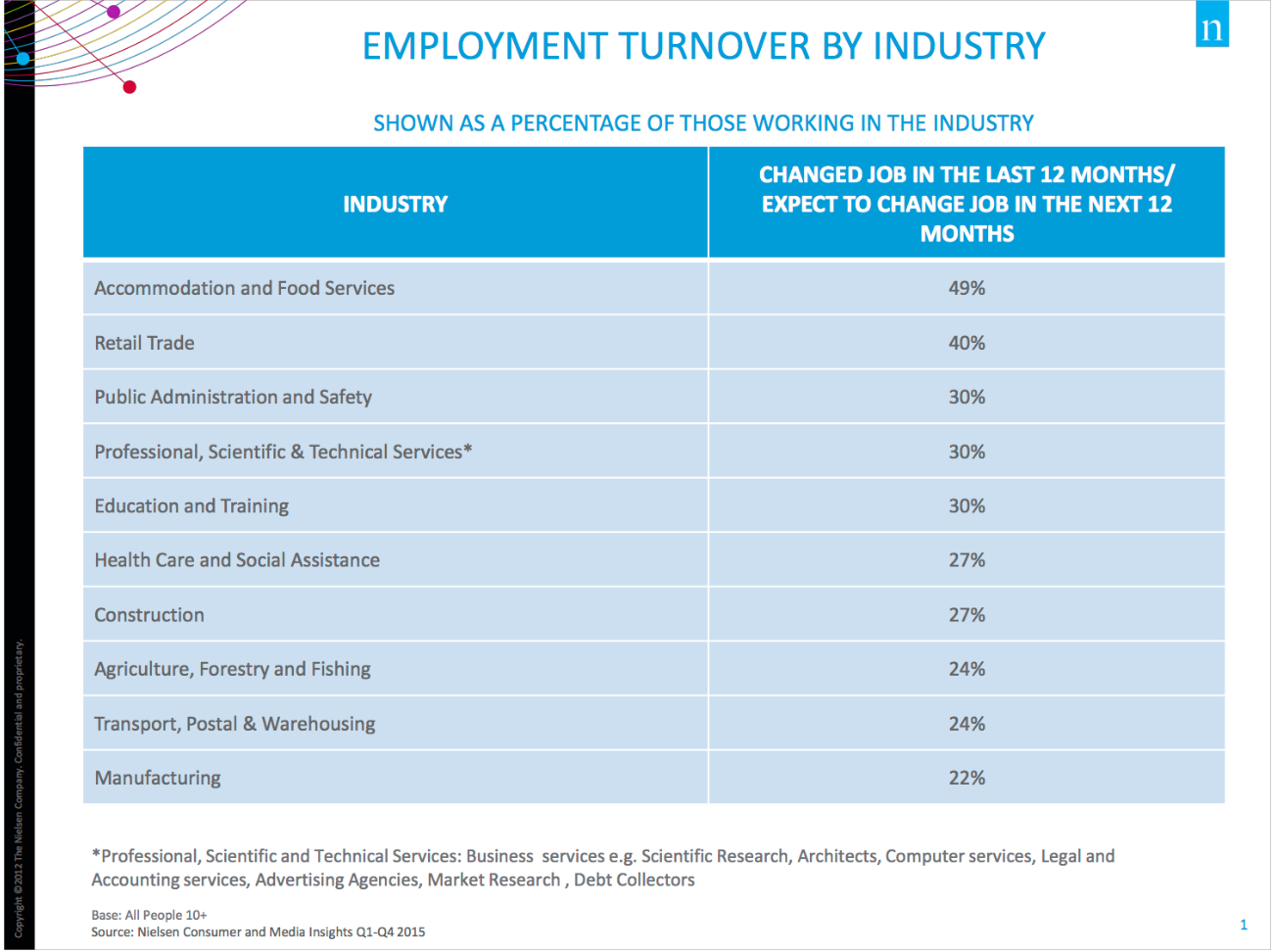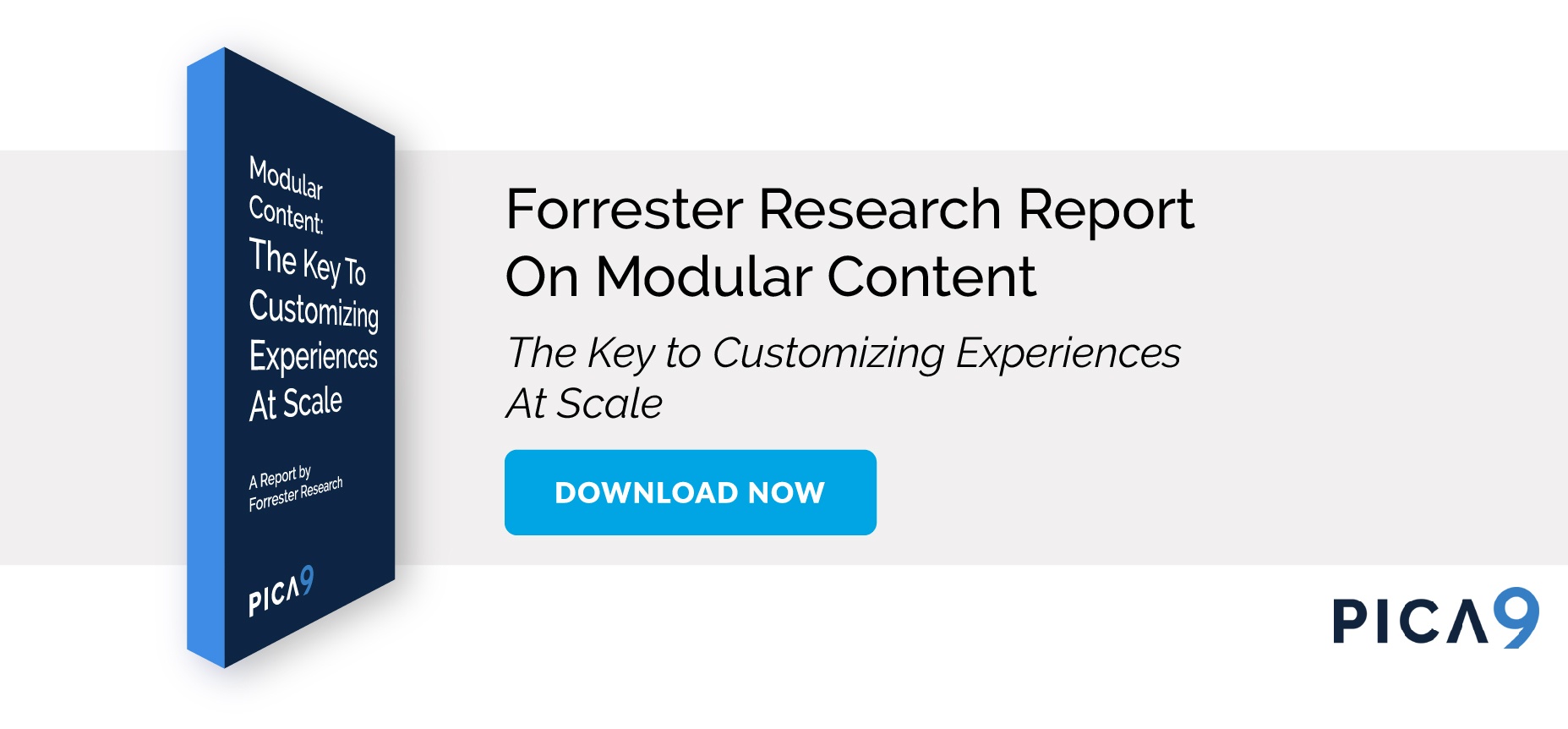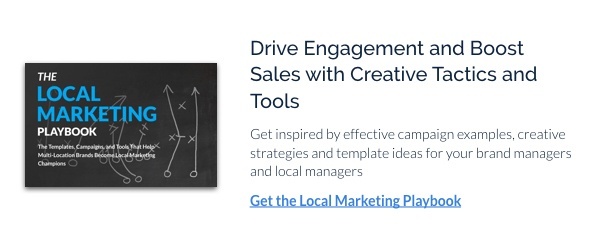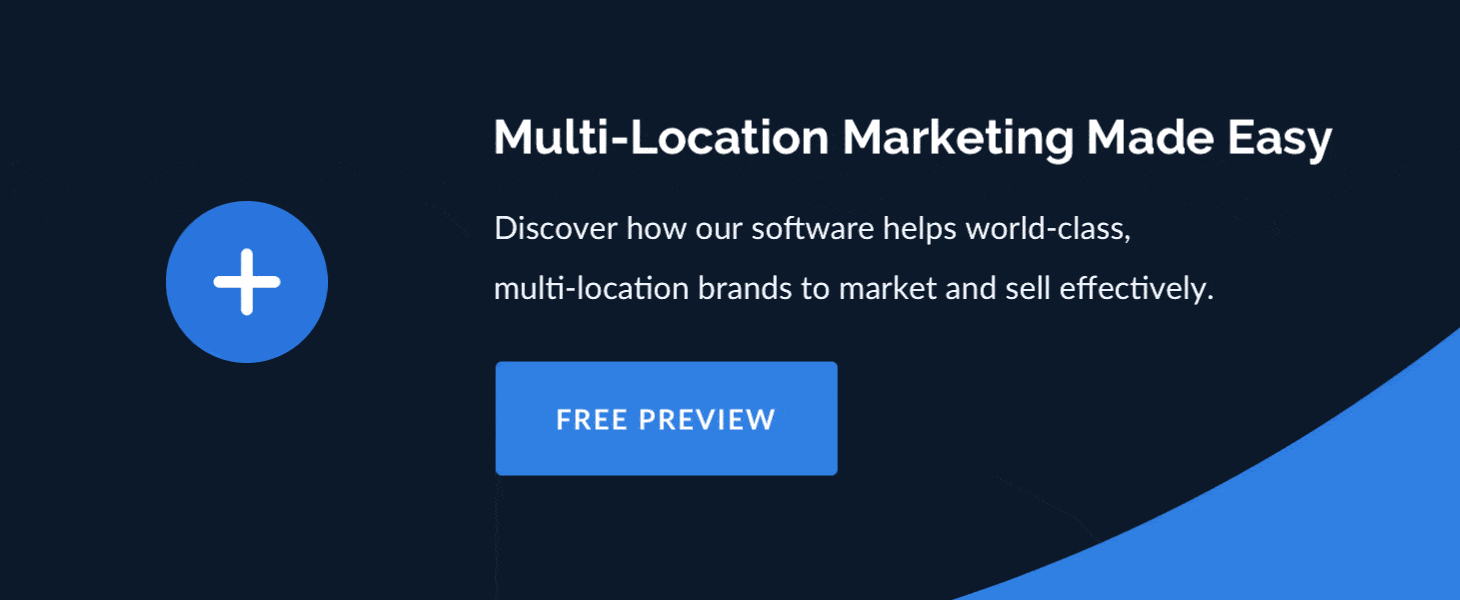For more than a decade now, the “in-sourcing” trend in marketing and advertising has been gathering impressive steam. Clients both major and minor, according to Adweek, have reduced creative-production expenses by 30% and more by shifting creative, strategy, and production responsibilities from external agency partners to in-house production teams.
Procter & Gamble, as an example, slashed agency and production expenses by close to $400 million in a single year.
Intel’s in-house group, Agency Inside, which was named 2017’s In-House Agency of the Year, now accounts for more than 70% of all the marketing work done by the tech giant.
According to a 2018 article in The Wall Street Journal, the number of advertisers with in-house agencies has jumped more than 50% in the past decade. The Association of National Advertisers concurs, with a recent survey showing that 78% of advertisers now have an in-house creative-production arm.
And the rise of the in-house agency has come with high levels of satisfaction, according to the ANA survey, with more than 79% of respondents saying that they are mostly or completely satisfied with the work of their in-house groups.
All told, the data tell us, more than 58% of all advertising/marketing work now gets done in-house. And with current trends in social media, CRM, and digital asset management, we can expect that number to continue rising.
What’s Behind the Rise of the In-House Group?
Cost reduction, famously, has been the largest single motivator behind the turn to in-house resources. This seems to have really picked up steam with the recession in 2008–2009, when the first, ominous cracks in the agency-client wall began to appear. (The IHAF and ANA surveys both refer to the pre-2008 period as a kind of halcyon era for external groups).
But even with the strong recovery in US ad spend (which is projected to grow 7.6% from 2018–2019), the in-house trend has continued unabated. That’s likely because the focus is shifting from traditional to digital and social media, where brands are finding it easier to keep pace with the constant demand for content creation with in-house agencies.
And if the experts at CoreDNA are accurate in their prediction that total marketing budgets are likely to fall from 12.1% to 11.3% of company revenues, the focus on cost efficiencies looks sure to continue.
But there’s more to the in-house trend than penny-pinching alone. As Ad Exchanger’s Bruno Galpois says, “In-house agencies are known to be nimble, cost-effective, well aligned to the brand and the strategic imperatives of the business, and are on the radar of major brands trying to balance creativity, efficiency, and outside perspective.”
Survey results from both the In-House Agency Forum and the ANA back this up, with the majority of CMOs stating that they prefer in-house groups to external resources for their agility and in-depth understanding of their brands.
On the latter point, in particular, in-house agencies boast the “unfair advantage” over their external brethren of impressively low staff-turnover rate. According to creative-industry expert Cella Consulting, in-house agencies report average staff turnover of just 5% annually, compared to the notorious 30% turnover reported by advertising agencies. This flies in the face of the old saw that external agencies have greater ability to attract and retain creative talent.

To these three advantages, we should add a fourth: the in-house agency’s mastery of marketing systems of record and systems of engagement. As Martech Today’s Amy Gesenhues reports, “Client in-housing has always been a factor for agencies, but the availability of ad tech and martech, [and] the rise of automation and data management requirements have added new pressures.”
Typically, the ad industry has been obsessed with the migration of programmatic ad buying responsibilities to in-house authorities — a classic case of where one’s bread has been (non-transparently) buttered. But, the point about access and familiarity with enterprise data systems extends far beyond the arcane world of programmatic, encompassing CRM and DAM systems that are used throughout the customer’s journey.
For example, and in support of Gesenhues’ point, the Cella Consulting 2018 survey shows that 69% of in-house agencies have a dedicated or hybrid DAM librarian. One of the keys to the agility of the typical in-house agency is that it knows where the assets are and how to use them to maximum effect.

Mitigating the Risks of the In-house Approach.
While the justification for investing in an in-house creative-production capability is strong, the process certainly comes with risks as well. But these potential downsides have been well documented, and leaders in the in-house space have identified ways to mitigate or eliminate their negative effects. Most notably, these include
Scaling the team effectively. According to the ANA study, leading proponents of the in-house model have had to find innovative ways to deal with the “feast or famine” nature of demands. Often, sudden spikes in demands are created by simultaneous requests from multiple clients—for example, when multiple locales or regions need creative-production support to deal with competitive threats or dynamic market conditions.
One of the most effective tools for coping with these unpredictable spikes in demand is to introduce “self-service” creative production tools that are accessible to regional marketers and local marketers.
With a system like this in place, your in-house team can concentrate its efforts on strategy and creative issues, while reducing the distractions associated with one-off mechanical requests. Tools like this also eliminate the workflow-overhead of repetitive versioning tasks—further increasing the in-house group’s ability to scale cost efficiencies as volume grows.
As Forrester’s Jay McBain has often said, local marketers can be organized into three subtypes: “do-it-for-me’s”, “do-it-with-me’s” and “let-me-do-it-on-my-own’s”. To balance the agency’s workload with customer satisfaction, the idea is to know how many of each type your local marketing community includes, and to get everybody on a path toward greater independence and “self-service.”
- Work aggressively to accelerate approvals of field-generated content and executions.
- Provide greater freedom for local marketers within the brand framework. If necessary, target these more flexible templates specifically to local marketers who have demonstrated the skills and sensitivity to be trusted with that freedom.
- Create a content marketing channel specifically for your local marketers—and share each and every execution or template that you release. Remember that you’ll get deeper engagement with your user community if you release new creative frequently, and be sure to spend as much time promoting the new options as you do publishing them.
In-House “Myopia”. Wayne Barringer, of Boeing Creative Services, has pointed out that in-house groups can easily become locked into an “institutional” mode of thinking that stifles creativity. The clear answer, Barringer maintains, is a serious and sustained commitment to professional development for in-house resources, so that ideas from other industries can cross-pollinate the team.
Given that marketing and advertising campaigns have become far more integrated and are getting implemented throughout the customer experience, there are many more opportunities for professional development today. From creative and design conferences to martech, growth-hacking, blockchain and beyond, there’s no reason for any member of an in-house agency to feel stifled or bored in their roles today.
In particular, in-house leaders would do well to look at the In-house Agency Forum and its roster of regional roundtables; these are excellent opportunities for in-house agency members to share approaches to and opportunities for professional development.
The “Unfair Advantage” of In-House Agencies
Just as there are ways to reduce the perceived risks of the in-house approach, so there are ways to maximize the numerous advantages that in-house agencies enjoy because of their proximity to and intimate understanding of the brand and its culture.
Set Aggressive Turnaround Targets for Approvals:
Remember that an increasing number of your local marketers today are millennials. They have come to expect easy experiences, and instant gratification—any sign of bureaucratic delay will encourage them to circumvent your systems, rather than capitalizing on them
Provide More Freedom within the Brand Framework:
Next to the never-ending demand for new creative, the most common request from local marketers is greater flexibility. This is a continuing challenge for brand managers; but there are numerous ways to protect brand consistency and enhance brand equity, while still providing the creative freedom that the locals demand.
Integrate Upstream and Downstream:
As an in-house group, you will find it substantially easier to build integrations into your local marketing systems than external agencies or providers—precisely because you start from a greater position of trust. Capitalize on this “inside position”, and it will help to make your systems and your group the “go-to” resource for new marketing initiatives.
Common “upstream" integration points include:
- User-management systems (also known as Single Sign-On or SSO integrations)
- Product information systems (also known as PIMs); and of course...
- Digital asset management systems (known as DAMs)
On the “downstream” side, look to:
- preferred vendor systems, such as print- or merchandise-ordering
- online ad placement systems, such as DoubleClick or AdSense
- analytics tools, like Google Analytics
It’s important to keep in mind that, while many vendors will tout “hands-free” or “push-button” integrations, the reality often involves a good deal more time and budget than that. Be careful to work methodically at each integration, and build a business case for the value that you expect to derive from increased usage, greater agency productivity and enhanced local marketer satisfaction.
The Future of In-House Marketing Operations
Does the apparently inexorable rise of the in-house agency spell trouble for the external agency business generally? By no means. But it does mean that the roles that external agencies will play is evolving. Remember that, like an in-house legal counsel, one of the primary responsibilities of In-House Agency leadership is not simply to offer an alternative to, but to offer guidance for, external groups when they are brought in. An open-minded approach, on both sides of the table, is the best way to build the right combination of resources for your brand.
CampaignDrive by Pica9 powers in-house teams to distribute and manage localized creative across every location through a brand-to-local portal. To learn more, we recommend scheduling a free product demonstration.








